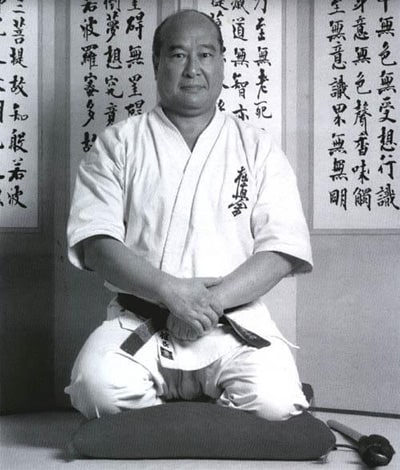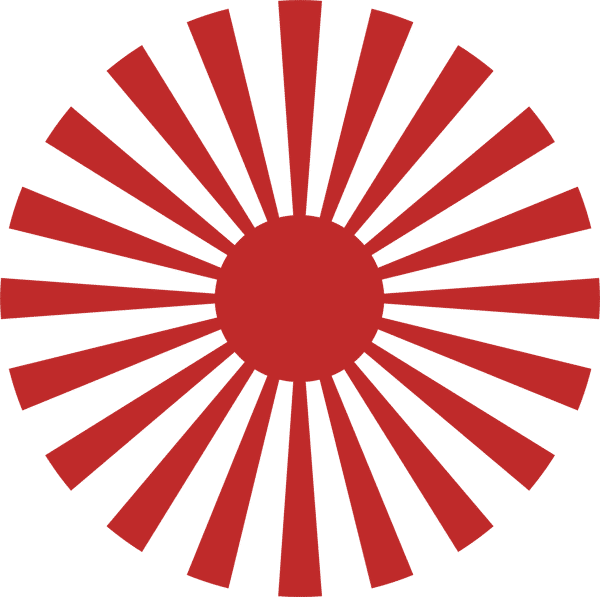Kyokushin Karate is a full-contact karate style founded by Sosai Masutatsu Oyama in 1964. The word “Kyokushin” is derived from two Japanese words: “kyoku”, meaning “ultimate”, and “shin”, meaning “truth” or “reality”. Kyokushin can thus be interpreted as “the search for ultimate truth”.
History of Kyokushin :
The founder of Kyokushin Karate, Sosai Masutatsu Oyama, was born in Korea in 1923. After moving to Japan at the age of 12, he trained in judo and boxing before joining the Imperial Japanese Army during the Second World War. After the war, Oyama began training in Shotokan and Goju-Ryu karate.
In 1947, Oyama won the Japanese national karate championship. Inspired by this victory, he decided to retire to the mountains to devote himself to intensive training and meditation. He stayed for three years, perfecting his technique and developing what was to become Kyokushin karate.
Oyama opened his first dojo in 1953 in Tokyo. In 1964, he officially founded the International Kyokushin Karate Organization, which has become one of the largest karate organizations in the world.
Kyokushin schools and key players :
Since Oyama’s death in 1994, several schools and organizations have laid claim to the Kyokushin heritage, including the International Kyokushin Karate Organization (IKO) headed by Shokei Matsui, and the World Kyokushin Karate Organization (WKO) headed by Kenji Midori.
Important Kyokushin players include :
- Shokei Matsui: Current director of the IKO, he is one of the few practitioners to have passed the 100-fight test, a challenge consisting of fighting 100 opponents in a row.
- Kenji Midori: President of the WKO, he was world Kyokushin champion in 1987.
- Hajime Kazumi: He is considered one of Kyokushin’s greatest competitors, having won several world championships.
- Tadashi Nakamura: He was one of Oyama’s first students and helped introduce Kyokushin to the United States.
Kyokushin features :
Kyokushin is known for its rigorous training, its emphasis on physical fitness and its realistic approach to combat. It is often called “the hardest karate” because of its practice of full-contact kumite, where blows are delivered with force and without protection.
Kyokushin consists of three main elements: kihon (basic techniques), kata (forms) and kumite (combat). Kyokushin kihon and kata incorporate elements of several karate styles, including Shotokan and Goju-Ryu.
Kyokushin kumite is characterized by full contact. Kyokushin competitions allow punches, kicks and knees to the body and head. However, punches to the head are generally prohibited, unless competitors are wearing boxing gloves.
In conclusion, Kyokushin karate is a unique style that emphasizes realism, strength and endurance. It has influenced many other styles of karate and combat sports, and continues to be practised by millions of people worldwide.


